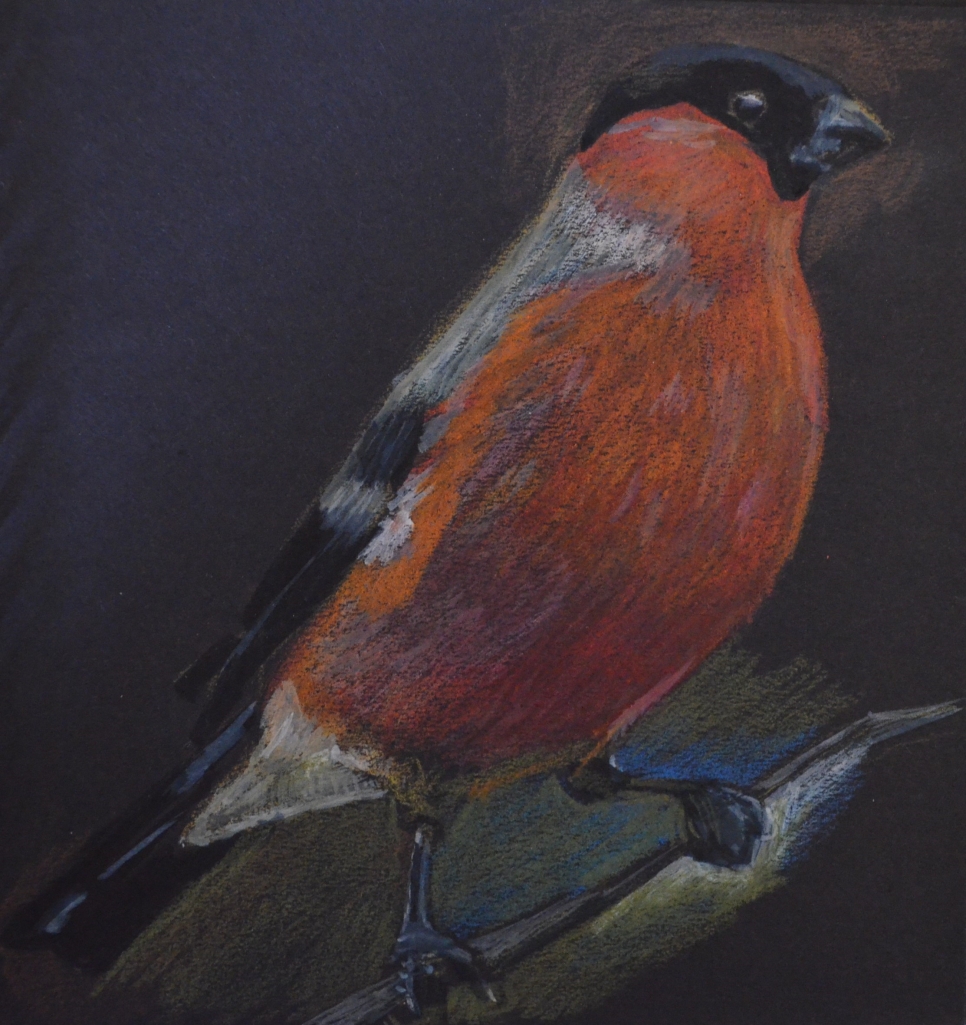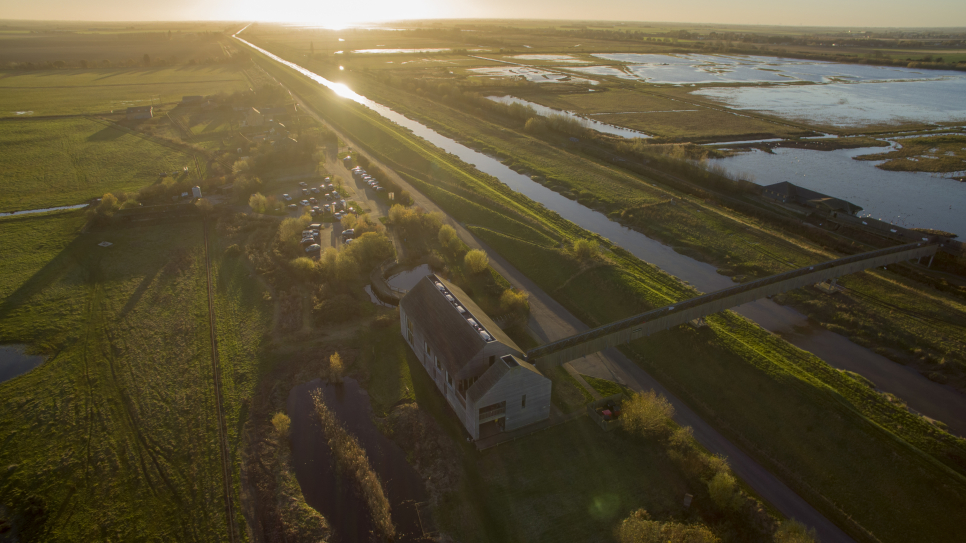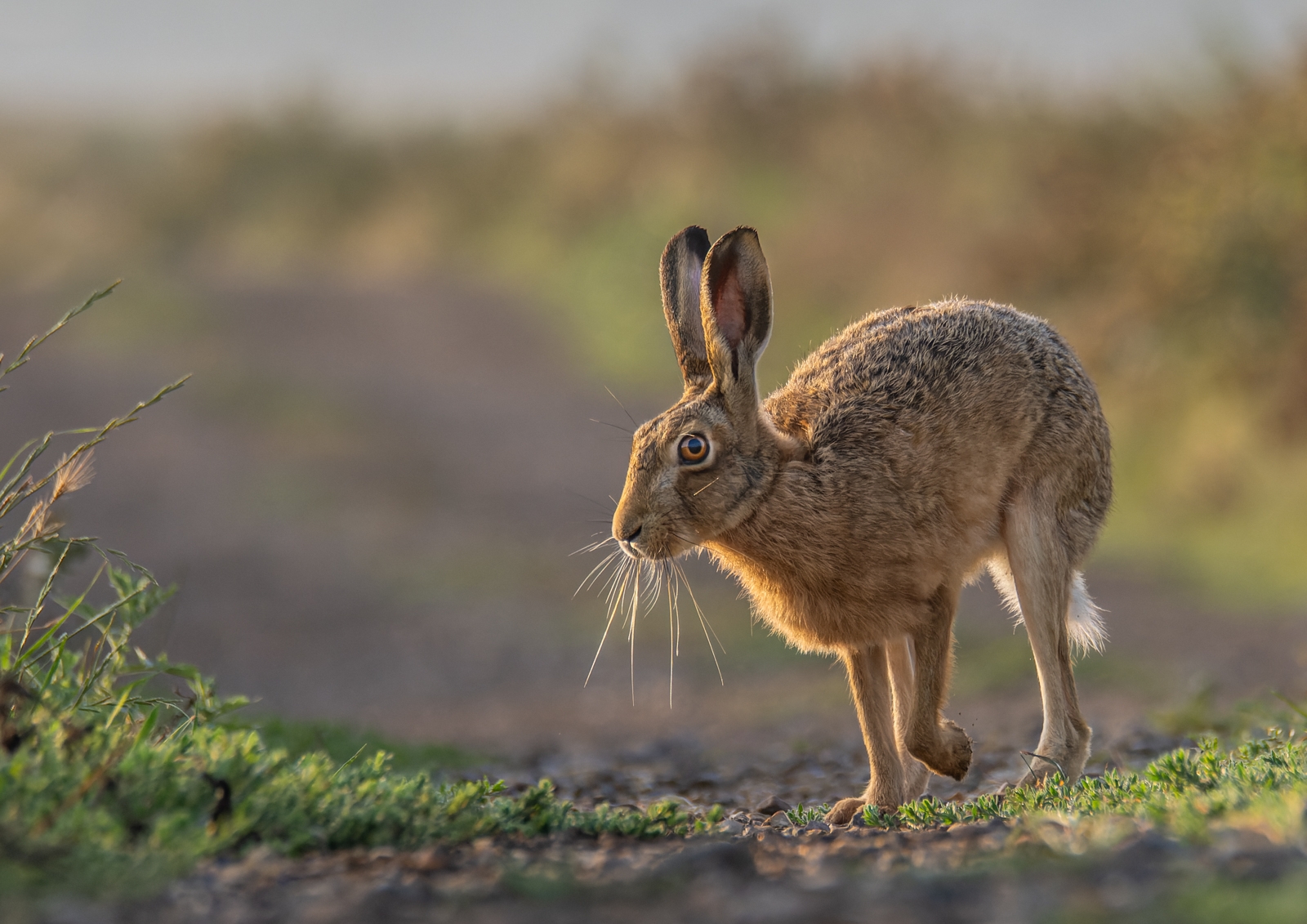Ducks turn from drab to fab
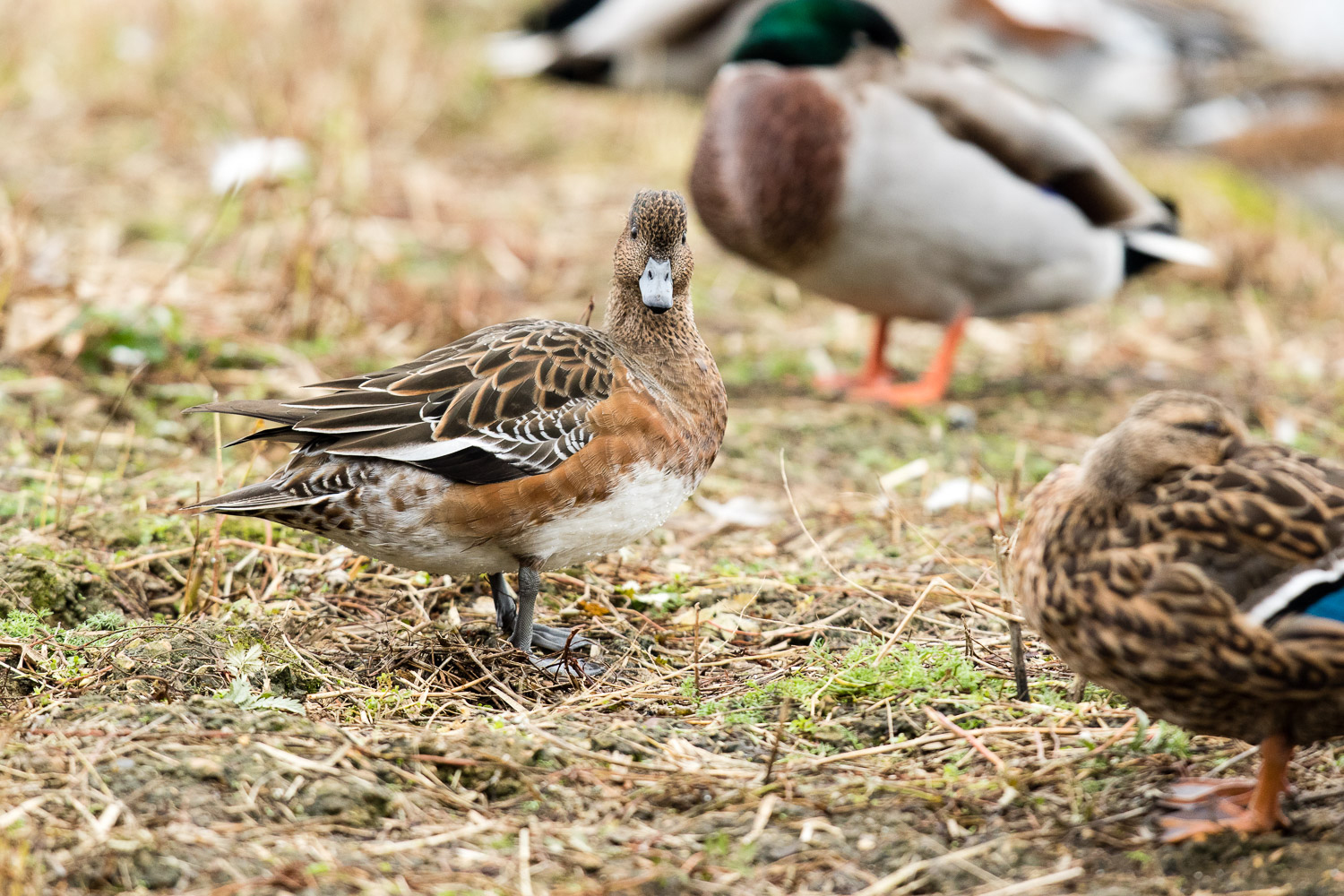
Ducks are flocking to the WWT Welney Wetland Centre, in anticipation for their autumn makeover.
Drab, dishevelled males arrive back after a hectic summer on their breeding grounds. Having travelled thousands of miles to WWT Welney, they can rest and refuel without worrying about winter’s cold grip just yet. This gives them time to grow their new brightly coloured feathers, making themselves ready to attract female attention next spring.
As winter pushes further south, huge flocks of birds make their way to the UK to escape the cold. The team at WWT Welney monitor the species of wildfowl that use the reserve, and last winter there were peak numbers of 18,000 wigeon, 3,000 mallard and 7,000 teal across the Ouse Washes.
Leigh Marshall, Centre Manager at WWT Welney, says:
‘Autumn is a fantastic time to watch wildfowl you can enjoy the ducks in their full plumage on clean, crisp mornings. When you think of the journey these birds have just embarked on, covering a huge distance to spend their winter with us, it makes the preparation work that we do over the summer months incredibly important.
‘On our reserve we have pools of water right in front of the hides giving visitors the perfect chance to watch the ducks feeding, preening and resting up close. This gives people who are new to bird watching the chance to familiarise themselves with the different species.
‘One top tip is to look towards the bottom end of the duck, for a solid coloured patch called the speculum, which is a different colour in each species; purple-blue for mallard, black and white for wigeon, blue for shoveler, white for gadwall and green for teal’.
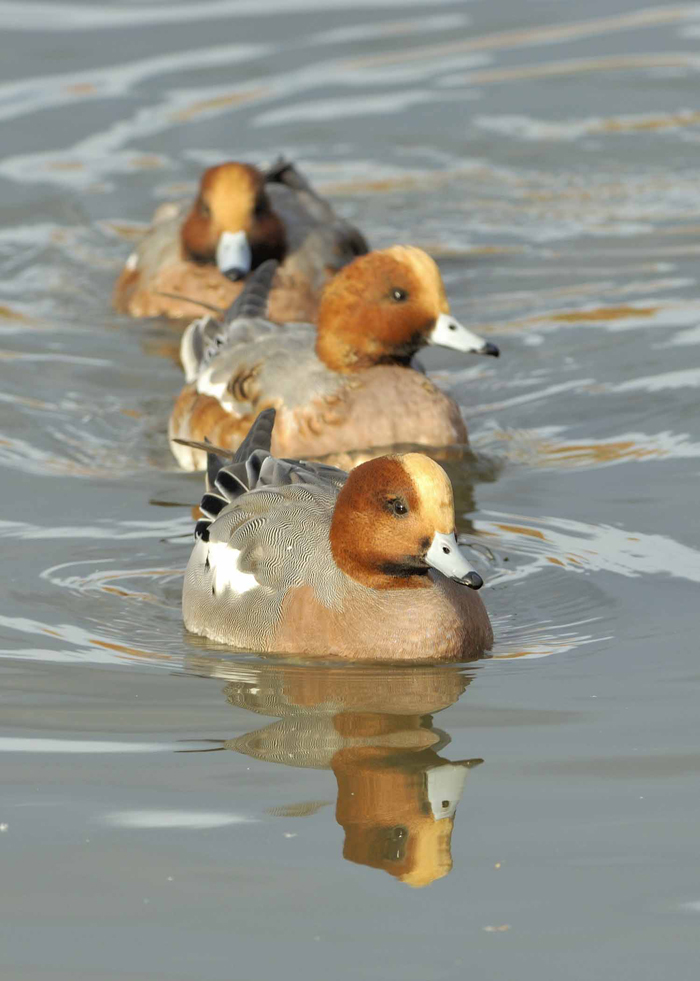
After the breeding season ducks moult their feathers, losing the ability to fly. Males avoid the attention of predators by taking on the more camouflaged appearance of the females.
It is an exciting and busy time of year for the staff and volunteers as the final preparations to the wetland habitat are made for the winter visitors. Cutting back vegetation and rotovating the ground to prepare it for the splashes of water that will be so important for the influx of birds this season.
